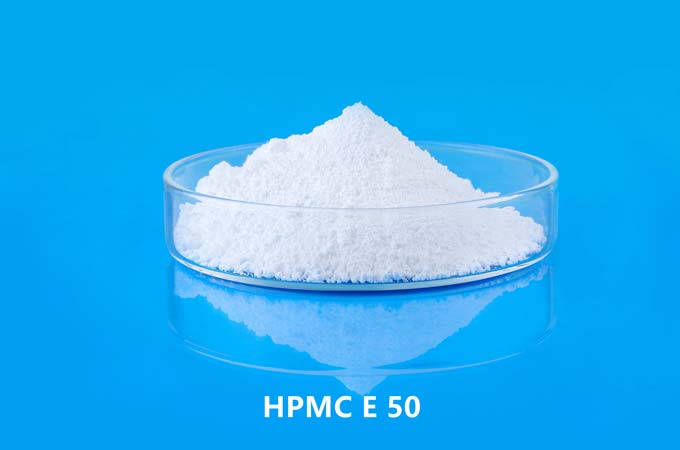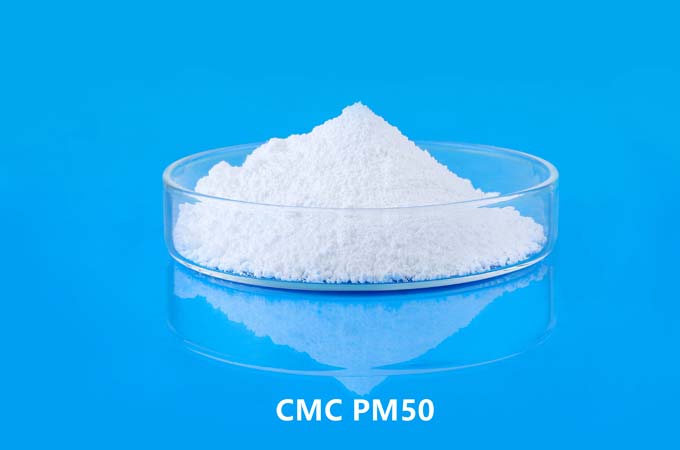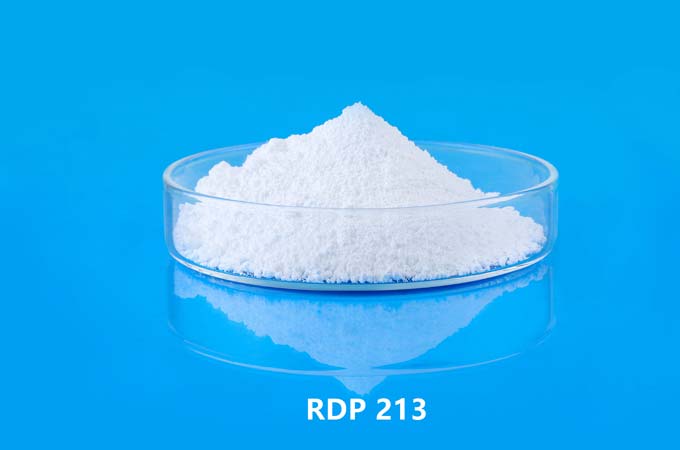Hydroxypropyl methyl cellulose (HPMC) is a versatile polymer commonly used in construction materials such as cement and gypsum-based plaster. Its inclusion in these products serves various purposes, ranging from improving workability to enhancing performance and durability.
let's discuss the composition and structure of HPMC. It is a cellulose ether derived from natural cellulose, primarily from wood pulp or cotton fibers. The chemical modification involves introducing hydroxypropyl and methyl groups onto the cellulose backbone, resulting in a water-soluble polymer with unique properties. The degree of substitution of these groups determines the characteristics of HPMC, such as its viscosity, water retention capacity, and film-forming ability.
In cement-based materials, HPMC serves several key functions. One of its primary roles is to act as a water retention agent. Cement hydration is a chemical process that requires water, and maintaining adequate moisture levels is crucial for proper curing and strength development. HPMC's high water retention capacity helps to prevent rapid water loss from the mixture, ensuring consistent hydration and minimizing the risk of cracking or shrinkage.
HPMC acts as a rheology modifier in cementitious formulations. It influences the flow behavior and workability of fresh concrete or mortar, allowing for easier handling and placement. By adjusting the viscosity and thixotropic properties of the mix, HPMC enables contractors to achieve the desired consistency and texture, facilitating smooth application and finishing.
Another important function of HPMC in cement-based systems is its role as a binder and adhesive. When mixed with water, HPMC forms a thin film that adheres to the surface of particles, enhancing cohesion and improving the bond strength between components. This contributes to the overall mechanical properties and durability of the hardened material, imparting greater resistance to cracking, moisture ingress, and chemical attack.
In gypsum-based plaster formulations, HPMC exhibits similar benefits and functionalities. As with cement, it serves as a water retention agent, preventing premature drying and ensuring uniform hydration of the gypsum binder. This is particularly important in plastering applications, where rapid setting can compromise workability and adhesion.
HPMC enhances the performance of gypsum-based plasters by improving their sag resistance and adhesion to various substrates. The polymer forms a protective barrier around gypsum particles, reducing the risk of settling or slumping during application. This allows for thicker coats to be applied vertically or overhead without deformation, resulting in smoother, more uniform finishes.
HPMC contributes to the surface quality and appearance of gypsum-based plaster. Its film-forming properties help to reduce porosity and improve the smoothness of the hardened surface, facilitating easier painting or decoration. Moreover, the presence of HPMC can reduce the occurrence of surface defects such as cracking, crazing, or efflorescence, enhancing the aesthetic appeal and longevity of the plastered surface.
Hydroxypropyl methylcellulose plays a pivotal role in enhancing the performance, workability, and durability of cement and gypsum-based plaster. Its unique properties as a water retention agent, rheology modifier, binder, and adhesive make it an indispensable additive in construction materials. By incorporating HPMC into formulations, manufacturers can achieve superior quality, consistency, and versatility in their products, meeting the diverse needs and challenges of modern construction practices.
 English
English 日本語
日本語 français
français Deutsch
Deutsch Español
Español italiano
italiano русский
русский português
português العربية
العربية Türkçe
Türkçe Nederland
Nederland



